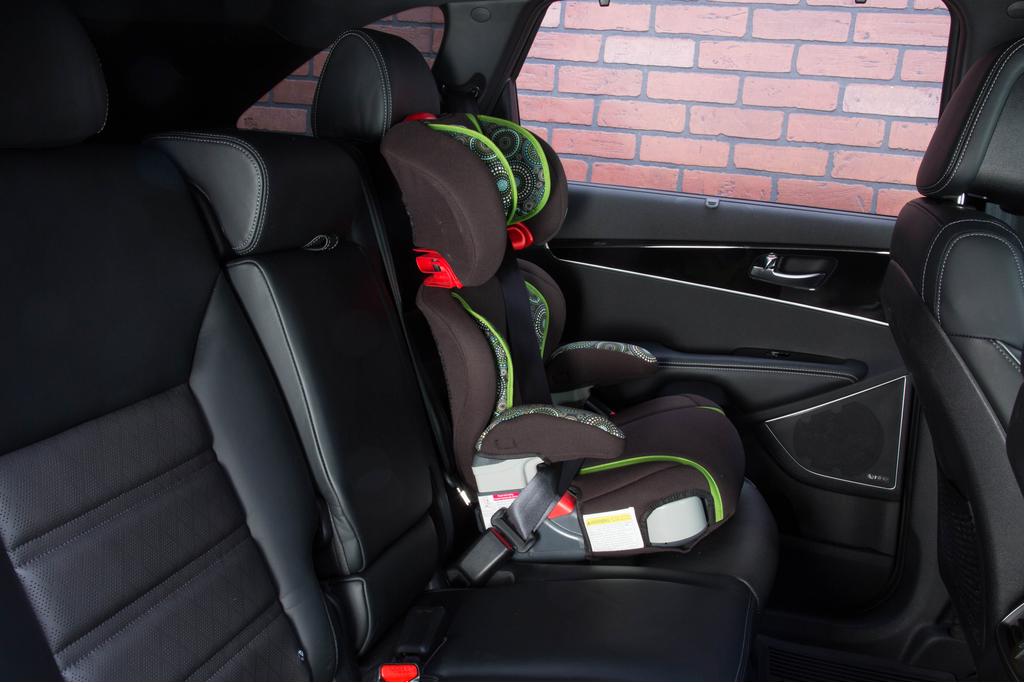
Compared to infant and convertible car seats, booster seats must seem easy to use to most parents who've spent years struggling with five-point harnesses and Latch systems. However, a University of Michigan analysis found that few parents and caregivers get their booster installation inspected and, of those who did, the study found that 30 percent of kids 4 and older were not properly restrained.
Related: 27 New Booster Seats Earn IIHS Best Bet Nod
According to the analysis of 1,316 car-seat inspections at a Huron Valley event and 3,215 checks at a Greater Grand Rapids, both in Michigan, only 10.8 percent of the car seats inspected were boosters; 5.4 percent of children were only using a seat belt, and 13.8 percent weren't using any restraints.
Booster seats are an important step between child-safety seats with harnesses and using just the seat belt in the backseat. After a child outgrows the height or weight limit of a forward-facing convertible or combination car seat (usually around age 4 or 40 pounds), they transfer to the booster, which raises the child so the backseat's seat belt fits them properly at the shoulder and upper thigh. Simple, right? Well, no.
A National Highway Traffic Safety Administration study on car seat usage found that 9 percent of children in high-back boosters and 12 percent in backless boosters had the seat belt's lap belt sitting across their stomachs, which could lead to internal injuries in a crash.
When used properly, booster seats are more than twice as effective in reducing injuries compared to seat belt use alone, according to the Children's Hospital of Philadelphia.
With fewer parents asking to have their child's booster seat inspected, it's important to know what constitutes proper booster fit:
- The child's hips should be against a high-back booster seat or against the car's seat for a backless booster.
- Their knees should bend comfortably at the booster seat's front edge.
- The seat belt's lap portion should be positioned across the child's upper thighs; the booster's armrests help position the lap belt correctly. Read your car seat's manual to make sure you're routing the seat belt correctly.
- The shoulder belt should sit across the child's mid-chest and shoulder, not on their neck.
Children are ready to move out of the booster seat and just use the seat belt when they're 4 feet 9 inches tall, but make sure to keep them in the backseat. NHTSA recommends parents keep their children out of the front seat until they're 13 years old.
No comments:
Post a Comment